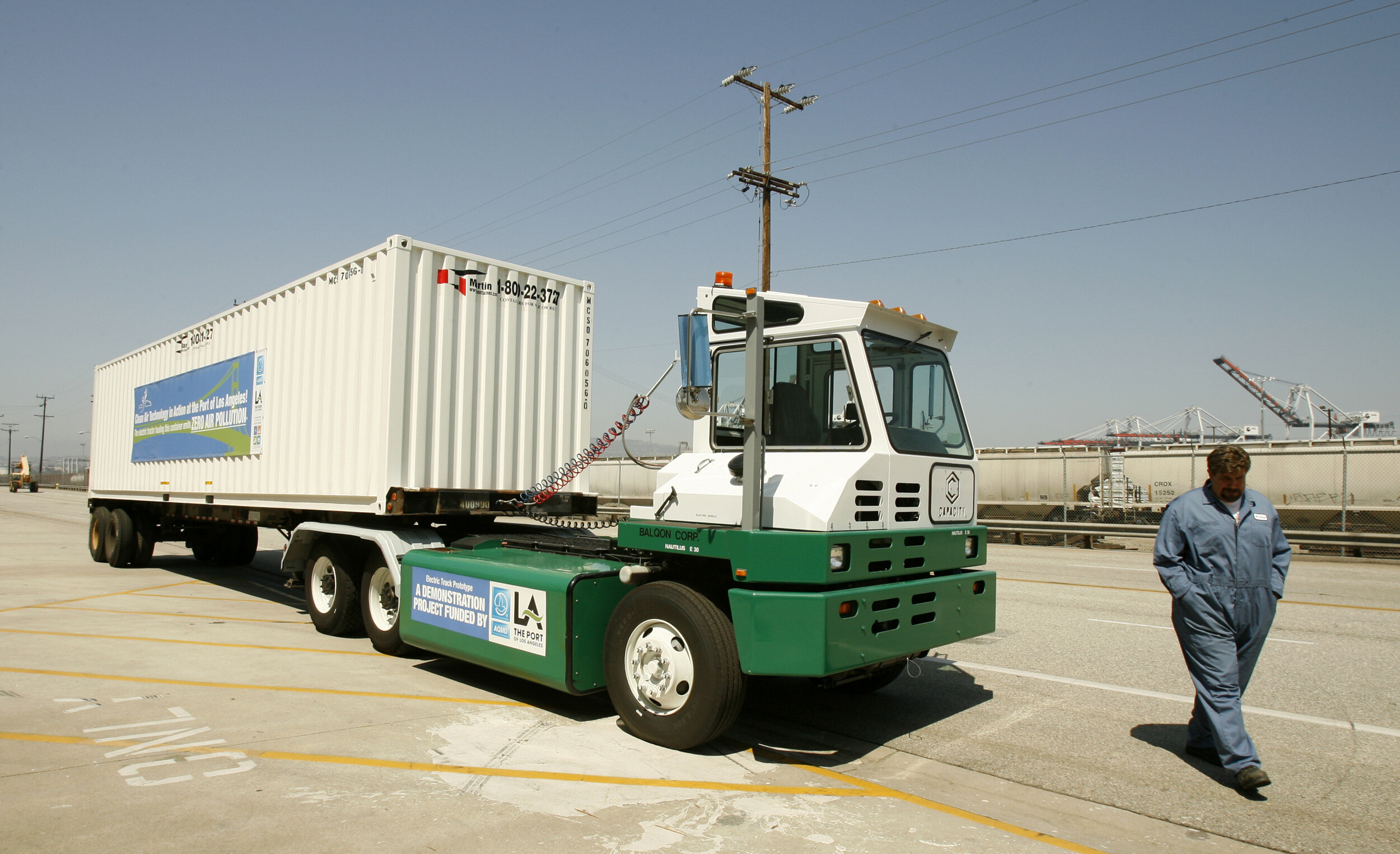How to navigate the unpredictable landscape of world trade

The future may see slower world trade growth and shifting trade corridors. Image: Unsplash/Verity Views
Listen to the article
- World trade will grow at a slower pace over the next decade due to war, the pandemic and protectionism, with shifts creating new winners and losers.
- Companies are already looking to build supply chain resilience and diversify but there may be more they can do.
- Companies that rely on global supply chains can adopt several short-term tactics with long-term objectives to navigate the future trade landscape.
Trade growth outpaced global growth in gross domestic product (GDP) for three decades before the COVID-19 pandemic disrupted supply chains worldwide. As the pandemic’s effects subsided, the conflict in Ukraine and its repercussions replaced it as a drag on trade growth. Alongside these acute disruptions, the global trade environment has become less friendly overall.
Trade tensions have been rising even before the pandemic, and a new economic nationalism has begun to counter the decades of globalization that followed the end of the Cold War and the opening of China to the world. As a result, through 2031, trade will grow at only 2.3% versus the 2.5% growth forecast for GDP, according to Boston Consulting Group’s Global Trade Model.
Economies are still adjusting to the economic and geopolitical shakeups of the past three years but the challenges affecting global trade are here to stay. How can companies that depend on global supply chains manage today’s uncertainties and prepare for future risks?
Understand how the world trade flows are shifting
China’s trade with the United States will continue to decline, while its trade with the EU will grow more slowly than the global average. This trajectory opens opportunities for India, Mexico and again for the ASEAN countries, which will increase trade not only with the United States and the EU but also with China.
What is the World Economic Forum doing on trade facilitation?
Diversify to mitigate risk
As trade disputes threaten global supply chains, government policies are encouraging diversification directly and indirectly. New laws in the United States promote domestic manufacturing and drive companies to diversify their supply chains. Escalating trade tensions between the EU and China have European countries turning to suppliers in other parts of the world.
These supply chain disruptions will hit some industries harder than others. Energy-dependent sectors will scramble to improve sustainability and find alternative energy sources, while industries that depend on semiconductors are learning the critical importance of diversifying their supply chains in the face of increasing trade restrictions.
How should companies respond?
Today’s uncertain trade environment demands a new balance between efficiency and lower costs on the one hand and the heightened need to identify and respond to global risk on the other. Many companies are already making changes to prioritize their supply chain resilience and diversification but every global company should be taking these steps to respond to current changes:
- Understand the major risks to your value chains. Which inputs have the biggest impact on your operations? Where do those inputs come from and how do they reach you? Who are the key suppliers and who are your alternatives?
- Prioritize actions that bolster supply chain resilience.
- Prepare for previously “unlikely” shocks: build up a buffer inventory of at-risk commodities and pre-qualify alternative suppliers.
- Develop contingency plans for at-risk key commodities. This strategy might include funding research and development for alternatives to rare minerals or developing supplier relationships across multiple continents.
World trade will grow over the next decade, even if at a slower pace. Beneath this overall slower growth are significant shifts in trade corridors.
”What should companies plan long term?
The effects of war, pandemic and protectionism will influence trade flows worldwide for the foreseeable future. Value chain resilience must be an ongoing practice rather than a one-time achievement. Companies can succeed by pursuing these long-term objectives:
- Incorporate geopolitical scenario planning into capital allocation processes and supply chain management. Run a range of geopolitical disruption scenarios to plan for contingencies. Maintain active monitoring of signposts as scenarios unfold.
- Recognize the implications of environmental, social and governance (ESG) objectives for global supply chains and incorporate those into your planning.
- Assess organizational talent to have people in leadership roles who can identify and manage global risks as early as possible.
- Use modern analytical tools, such as supply chain control tower and digital twins, to identify the earliest possible indicators of emerging shocks or disruptions, visualize scenarios and contingencies and respond and adjust quickly.
World trade will grow over the next decade, even if at a slower pace. Beneath this overall slower growth are significant shifts in trade corridors. These shifts will produce new winners and losers. The actions companies take now can ensure they remain on the winning side.
Don't miss any update on this topic
Create a free account and access your personalized content collection with our latest publications and analyses.
License and Republishing
World Economic Forum articles may be republished in accordance with the Creative Commons Attribution-NonCommercial-NoDerivatives 4.0 International Public License, and in accordance with our Terms of Use.
The views expressed in this article are those of the author alone and not the World Economic Forum.
Stay up to date:
Logistics
Related topics:
Forum Stories newsletter
Bringing you weekly curated insights and analysis on the global issues that matter.
More on Supply Chains and TransportationSee all
Wee Kean Fong and Yvonne Zhou
November 19, 2025






